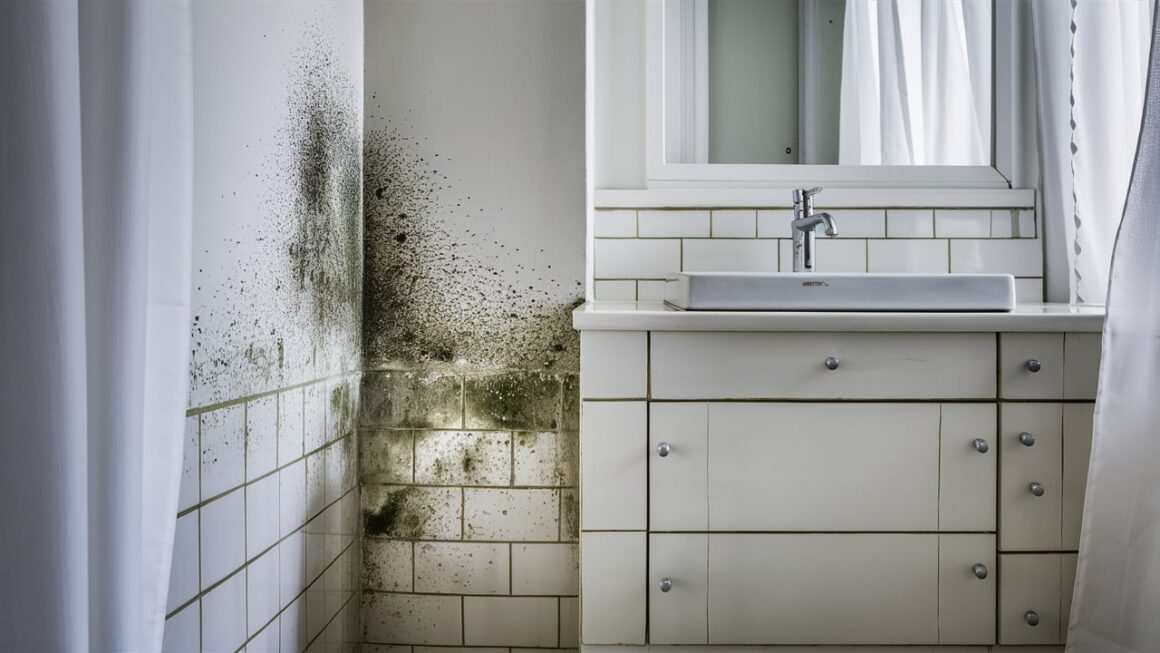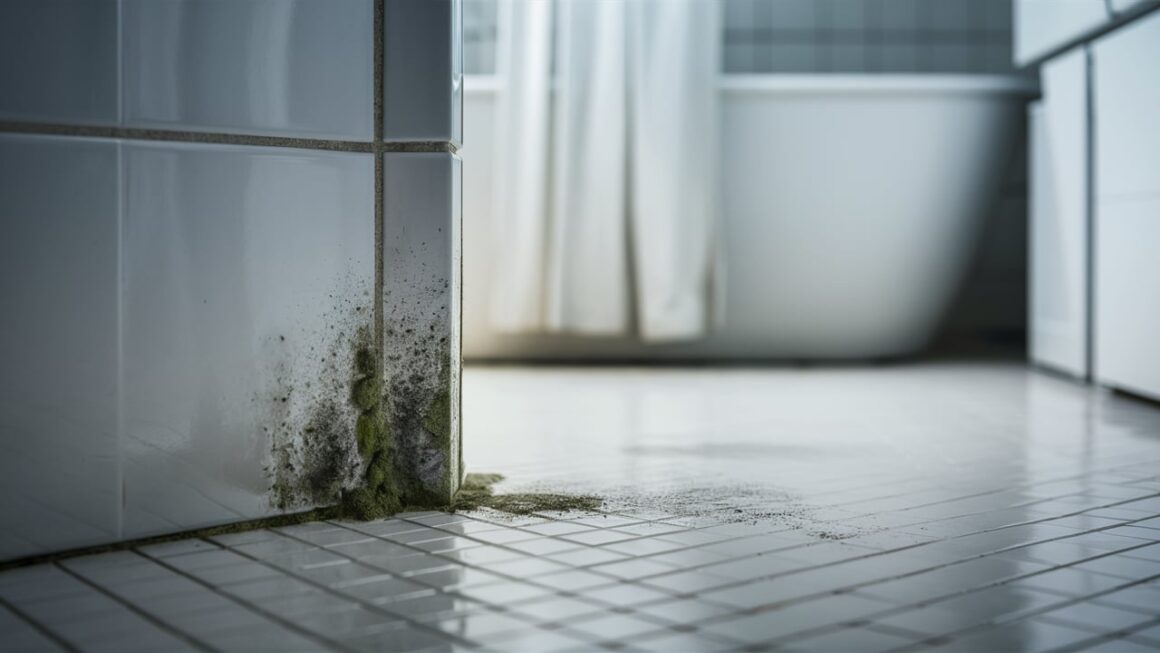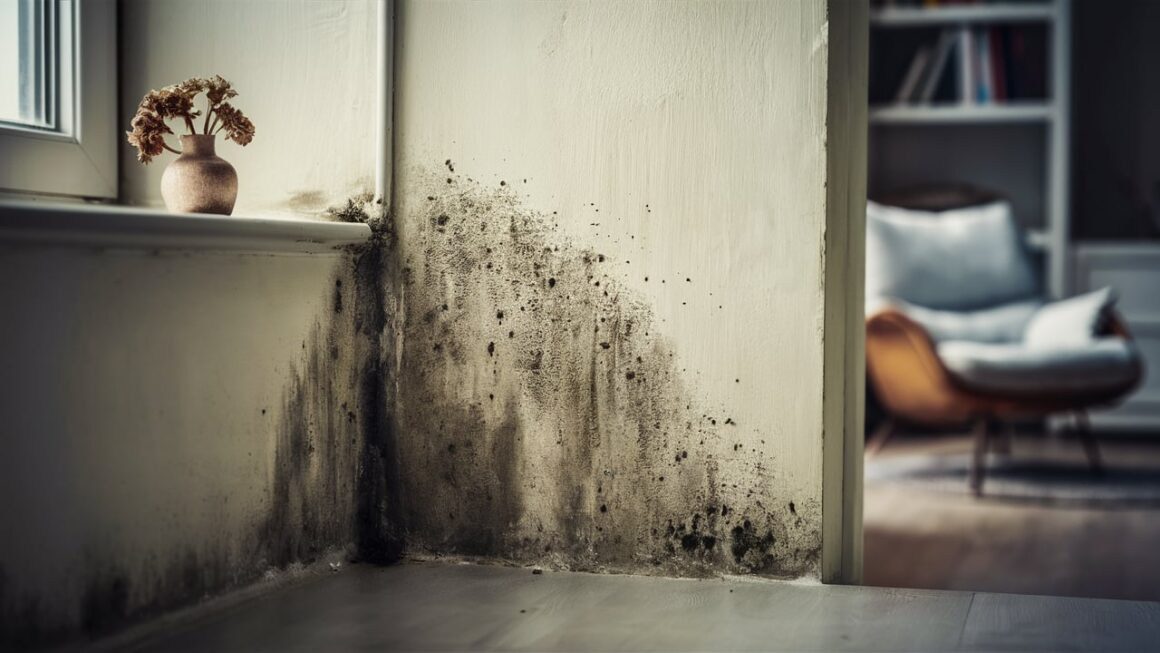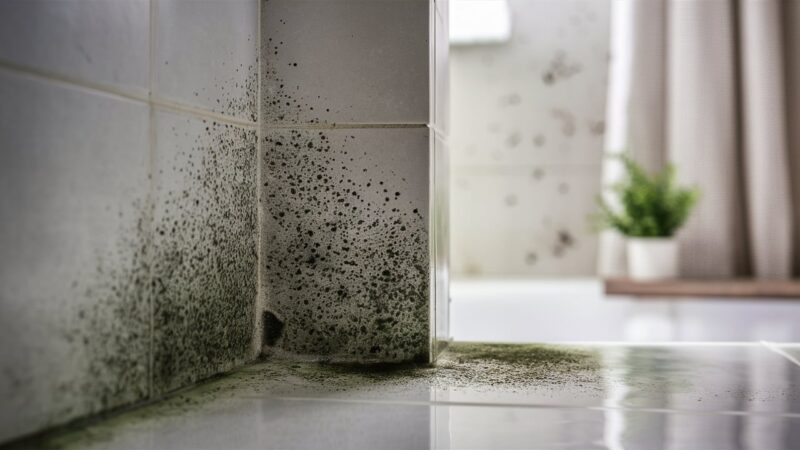Mold is a common issue that many homeowners may encounter in their houses. Being able to identify mold in your home is crucial for the health and safety of you and your family. Mold can grow in various places, such as damp basements, bathrooms, and even hidden behind walls.
The presence of mold can lead to respiratory issues, allergies, and other health problems if not addressed promptly. By learning how to spot mold in your house, you can take proactive steps to prevent its growth and ensure a healthy living environment for yourself and your loved ones. In this article, we will discuss key indicators that can help you identify mold in your home.
Signs of Mold Growth in Your Home

Keeping an eye out for signs of mold growth in your home is essential for maintaining a healthy living environment. One key indicator of mold is the musty smell that often accompanies its presence. If you notice a persistent, musty odor in certain areas of your home, it could be a sign that mold is hiding out of sight.
Another common indication of mold growth is the appearance of black, green, or brown spots on walls, ceilings, or other surfaces. These visible patches of mold are a clear signal that there is an issue that needs to be addressed.
Additionally, if you or your family members are experiencing unexplained allergy symptoms such as coughing, sneezing, or itchy eyes, mold could be the culprit. Its important to address any potential mold problems promptly to prevent further damage to your home and safeguard your health.
Common Areas Where Mold Thrives

Common areas where mold thrives in homes include damp and poorly ventilated areas such as bathrooms, kitchens, basements, and attics. Mold can also easily grow in areas with water leaks or high humidity levels, such as around windows, pipes, and in crawl spaces.
Furthermore, mold can thrive in hidden spaces like behind walls, under carpeting, and in ceiling tiles. It is important to regularly inspect these areas for any signs of mold to prevent further growth and potential health risks to you and your family.
Health Symptoms Related to Mold Exposure

Exposure to mold in your home can lead to a range of health symptoms that should not be ignored. Common signs of mold exposure include nasal congestion, coughing, wheezing, and throat irritation. In more severe cases, individuals may experience skin rashes, headaches, and respiratory issues such as asthma attacks.
If you or your family members are experiencing any of these symptoms, it is important to investigate your home for potential mold growth. Mold can often be found in areas with high moisture levels, such as bathrooms, kitchens, and basements. Taking action to address mold growth in your home can help alleviate these health symptoms and create a safer living environment for you and your loved ones.
Conclusion
In conclusion, being able to identify mold in your house is crucial for maintaining a safe and healthy living environment. By keeping an eye out for key indicators such as musty odors, visible mold growth, and water damage, you can prevent potential health risks associated with mold exposure.
If you suspect mold is present in your home, it is important to contact professionals like Mold Test Tampa to assess the situation and take necessary steps to remediate the issue. Remember, early detection and prompt action are essential in ensuring the well-being of your household.


